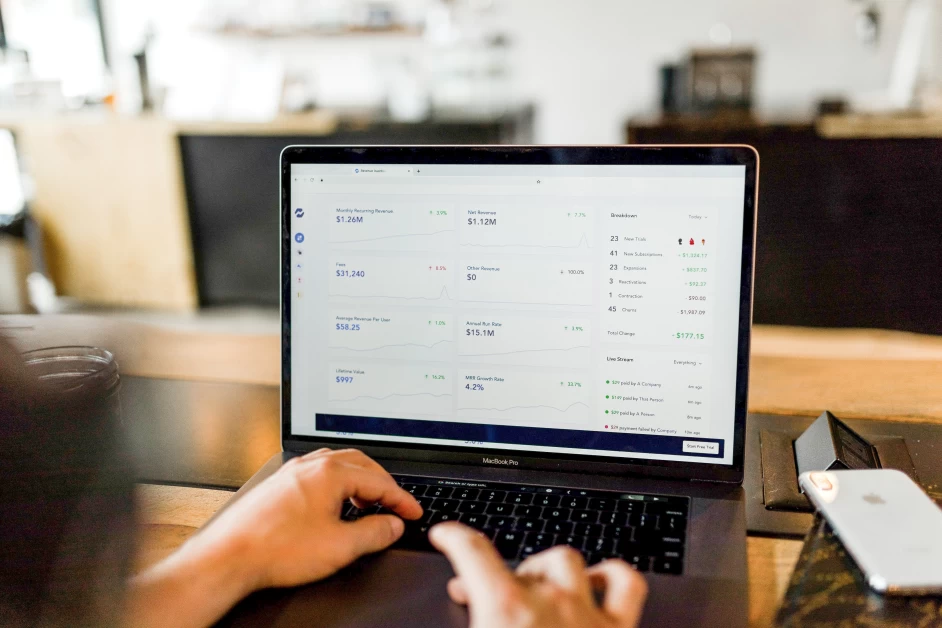Table of Contents
Introduction
In this guide, we’ll explore the concept of conversion funnels and delve into the three main levels and four stages of a conversion funnel. We’ll also provide step-by-step instructions on how to analyze the customer journey and optimize conversions. Additionally, we’ll discuss how to calculate the funnel conversion rate and highlight the important metrics to track customers’ actions and behaviors throughout the funnel.
What is the Conversion Funnel?
The conversion funnel is a visual representation of the customer journey that leads them to make a purchase, subscribe, or sign up for a product or service. It is often depicted as a wider funnel at the top, representing the initial stage of the customer journey, and gradually narrows down towards the bottom, representing the final conversion stage.
Customers move through the funnel as they progress from the top to the bottom. The top of the funnel is characterized by a larger number of leads, while the bottom of the funnel consists of highly qualified leads close to making a final buying decision. The three main levels of the conversion funnel are:
-
Top of Funnel (TOFU): This is the initial stage where leads land on your website or application. They may be unsure about the requirements or exact needs and spend time exploring various online products and sites.
-
Middle of Funnel (MOFU): At this stage, leads have shown interest in your brand and products. They are aware of the offerings to some extent and stay connected with your brand through trial periods or email subscriptions.
-
Bottom of Funnel (BOFU): This is the narrowest part of the funnel and contains highly qualified leads who are close to making a final buying decision. Nurturing these leads is crucial to ensure conversion.
The Four Stages of the Conversion Funnel
The four stages of the conversion funnel may vary depending on the type of business, but they generally include:
-
Awareness: This stage focuses on raising awareness about your product, services, and website. It involves determining the sources that bring traffic to your site and developing tactics to attract more customers from these sources.
-
Interest: Once leads are aware of your brand and products, the goal is to generate interest and move them to the next stage of the funnel. This stage requires making your brand appealing and relevant to the leads.
-
Desire: At this stage, the focus is on nurturing highly qualified leads and creating a desire for your brand. This involves highlighting the benefits, values, status, and pride associated with your brand that users can identify with.
-
Action: The final stage of the funnel is where conversion takes place. It involves positioning your brand, offers, and value proposition to customers to encourage them to make a purchase. Upselling and cross-selling opportunities can also be utilized at this stage.
Analyzing the Conversion Funnel: Important Metrics
To understand the effectiveness of your funnel and identify areas for improvement, it is essential to track and measure key metrics. Here are six crucial funnel metrics you should consider:
-
Cost per Acquisition (CPA): This metric measures the cost of acquiring new customers. It helps you assess the effectiveness and efficiency of your marketing and acquisition strategies.
-
Customer Lifetime Value (LTV): LTV tracks the total revenue generated by a single customer over their lifetime. A higher LTV indicates that customers are retained and continue to make purchases, which is crucial for long-term success.
-
Conversion Rate: The conversion rate measures the percentage of highly qualified leads who ultimately take action and make a purchase. It is a key indicator of how effective your funnel is at driving conversions.
-
Click-Through Rate (CTR): CTR measures the percentage of email recipients who click on the links or calls to action in your emails. It indicates the level of engagement and interest generated by your email marketing efforts.
-
Engagement Rate: This metric measures how actively leads interact with your product or services. It includes factors such as average session duration, bounce rate, clicks, comments, and shares. A higher engagement rate indicates a more positive user experience.
-
Average Order Value (AOV): AOV helps identify upselling and cross-selling opportunities by measuring the average value of each customer’s order. It can guide your efforts to promote additional products or services to customers who are already making a purchase.
Optimizing the Conversion Funnel: Step-by-Step Process
To optimize your conversion funnel and maximize conversions, follow these three steps:
-
Set Goals: Start by setting clear goals for your funnel optimization efforts. Use tools like Google Analytics to track user behavior and identify where users are dropping off in the funnel. Define your goal and set up the funnel to track progress.
-
Test, Track, and Refine: Once your goals are set, it’s time to test and refine the important touchpoints in your funnel. Conduct A/B and usability tests to compare different customer journeys and identify the most effective ones. Analyze click-through and open rates, test calls to action, and optimize your signup and landing pages.
-
Calculate Funnel Conversion Rate: To measure the success of your funnel optimization efforts, calculate the funnel conversion rate. Divide the number of leads that complete the conversion goals by the total number of leads in the funnel stage and multiply by 100. This will give you the conversion rate percentage.
Conclusion
Conversion funnel metrics are essential for understanding the effectiveness of your customer journey and optimizing conversions. By tracking key metrics and analyzing the customer journey through the funnel, you can identify areas for improvement and make data-driven decisions to maximize conversions. Remember to set clear goals, test and refine touchpoints, and calculate the funnel conversion rate to measure success. With a well-optimized conversion funnel, you can drive more conversions and achieve your business objectives.
